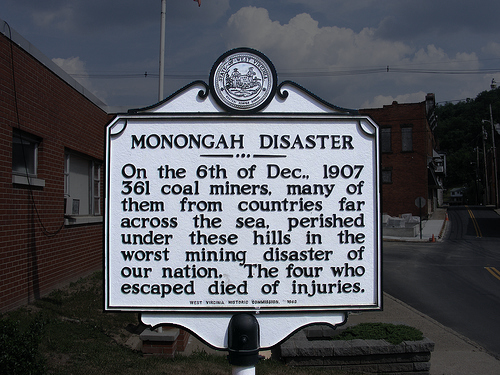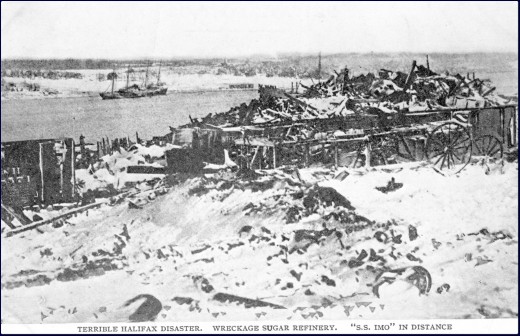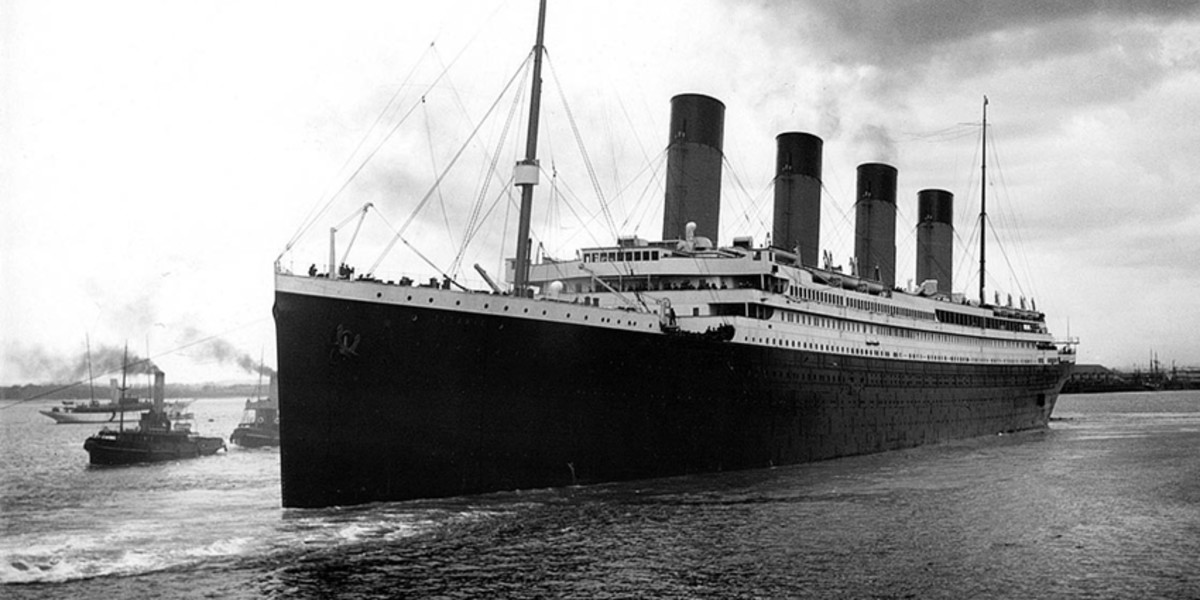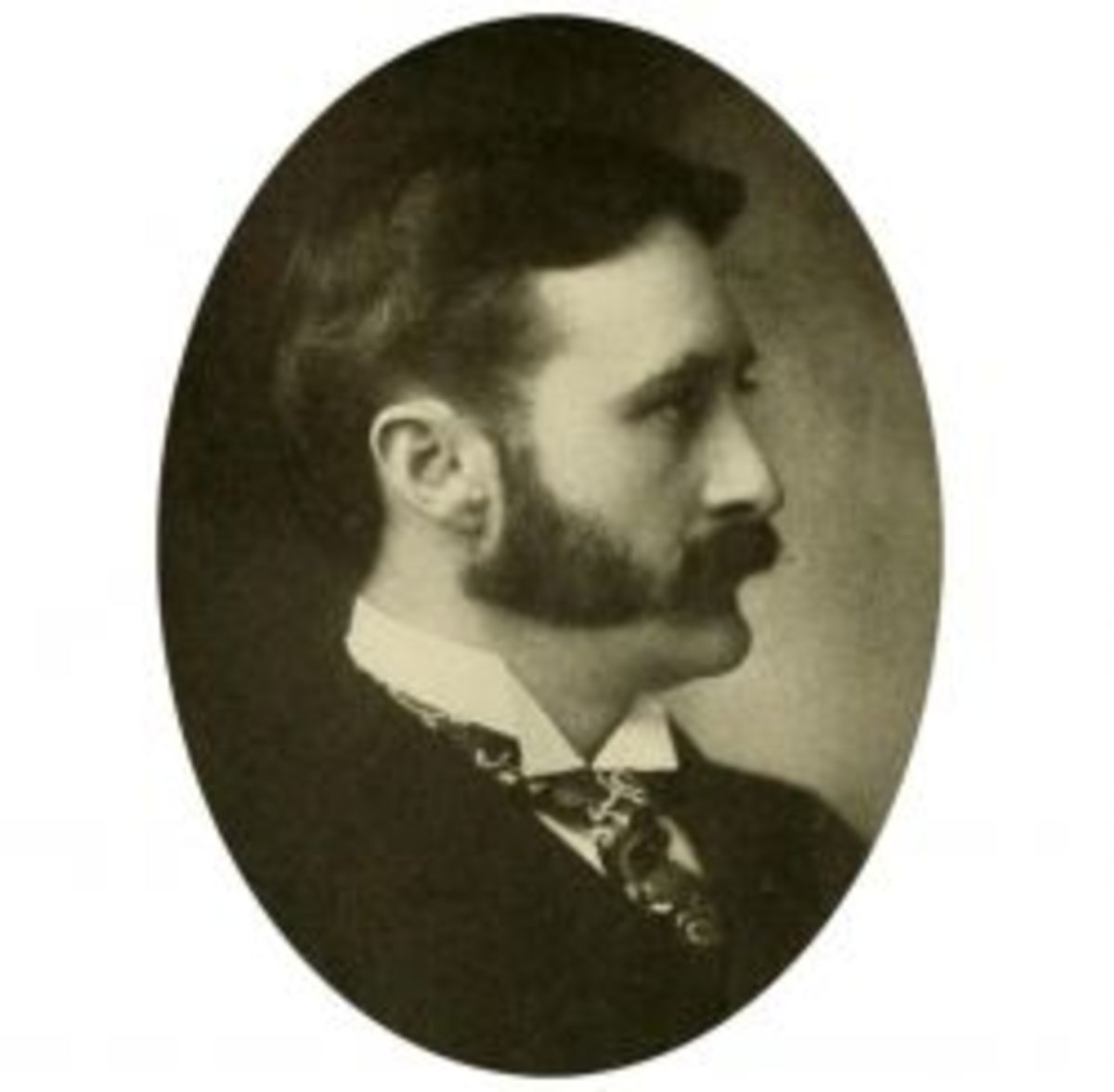Two Real Man-Made Disasters in History
A Day of Disasters
December 6 is known, in two separate events in history, for its worst mining disaster in American history and the world’s largest man-made accidental disaster, in 1907 and 1917 respectively. Together, these disasters took over 2500 lives and leaving over 9000 injured, on top of the massive amount of damages caused. While both these disasters occurred almost a century ago, the repercussions are still felt to this day, over a hundred years later.
Explosion Undeground
On December 6th 1907, in Monongah, West Virginia, a firedamp, mostly consisting of methane, ignited in two coal mines. A huge explosion followed, where over 300 men and boys died instantly in the caves underground. Even though a rescue team was quickly formed and an operation followed suit, the toxic fumes caused by the explosion and lack of proper safety and breathing equipment meant that the rescuers could only spend a limited amount of time underground. Some of the rescuers died while trying to save trapped workers due to excessive inhalation of poisonous gases.

The Explosion
The explosion at Monongah affected the community dearly. Most of the coal miners who died in the explosion had families and in total, the disaster left over 200 widows and plenty of children lost their fathers. A century on after the disaster, Father Everett Francis Briggs, a Catholic priest who was also a miner’s activist, born a year after the disaster, erected a statue of the Monongah Heroine in 2007 as a tribute to the widows of the disaster and for people to appreciate and acknowledge the harsh working conditions of coal miners. In May 2009, over a century after the incident occurred, current President of Italy, Giorgio Napolitano, paid tribute to the coal miners working in the mines on that ill-fated day, as a majority of the coal miners were immigrants from Italy. A special honor was conferred to the victims of the accident.
Exploding Ships
Ten years after the worst mining accident in American history, on December 6th 1917, in Halifax, Nova Scotia, Canada, SS Mont Blanc, a French cargo ship carrying tons of explosives collided with a Norwegian ship, SS Imo and exploded upon impact, an explosion the size of 3 kilotons of TNT, roughly a fifth the size of the bomb that was dropped on Hiroshima, the largest man-made accidental disaster known to mankind. The explosion was a complete disaster, approximately 2000 deaths were reported and over 9000 were left injured.

Learn more about disasters
While the explosion caused substantial damage, it triggered a wave of other events that caused the high number of reported deaths. Due to the high amount of explosives loaded on SS Mont Blanc, the explosion caused a huge mushroom cloud that choked the people of Halifax. The sheer strength of the explosion caused a tsunami to form and a pressure wave of air to build up causing trees to be uprooted and cause damages around, demolished buildings and carried debris and fragments around for kilometers causing people to be killed by flying debris, fire and buildings collapsing on them.
With over four communities affected by the disaster, despite the deaths and injuries occurred, a positive point of the incident was the multitude and quick response of rescue operations that took place in the aftermath of the accident. Individuals and workers working on boats at the Halifax Harbor reacted immediately and tried to save others, putting their own lives at risk. Since then, the accident and its rescue efforts have been heavily depicted in television series and movies. Memorial towers and monuments are erected throughout Halifax to honor the victims and the heroes following the explosion. Even though December 6 is known for its two huge accidents, the rescue efforts that followed the incidents shows the true courage of men, risking their own lives to save others.









